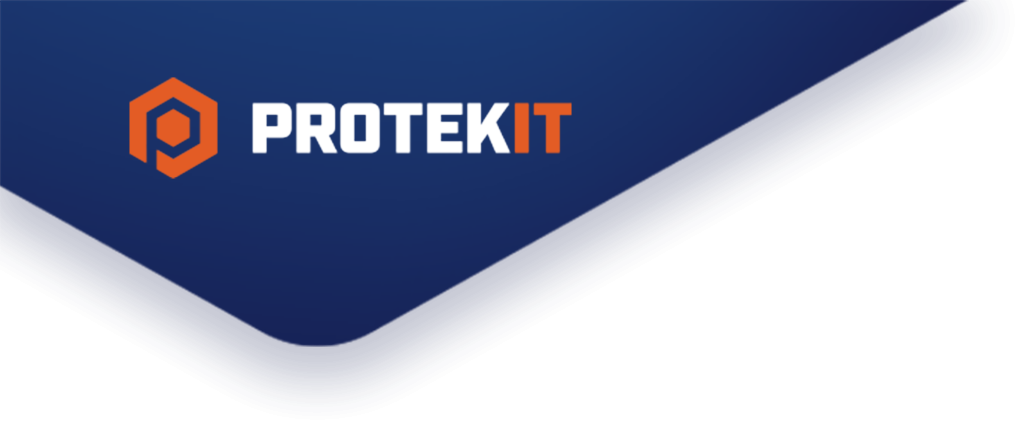IT challenges and solutions for a nonprofit for adults seeking a career in the Electrical Construction industry.
Nonprofit IT Challenge
The nonprofit apprenticeship center is located in Indiana and provides adults with apprenticeship programs and training to start their career in the electrical field. The organization has a back-office, six trainers, and a computer lab.
The nonprofit educates apprentices through supervised training and relevant classroom instructions. Completing the theoretical training takes hundreds of hour of practice in the nonprofit’s labs and computers where students can hone their skills before going out in the field. The in-class training portion of the apprenticeship requires many computers with users who will regularly switch computers with other students.
The biggest issues they struggle with are as follows:
No user segmentation
The users are not segmented by their user type, which makes them hard to manage and restrict access
Outdated network
The outdated network infrastructure is not able to keep up with demand, resulting in outages and down time
Unprotected computers
The computers in the lab don't have antivirus enabled, making them vulnerable to cyber threats
No disaster recovery plan
None of the organization's crucial files are backed up, and there is no recovery plan in place in case of an emergency
No IT Support
Although the director has plenty of technical insight, they do not have the professional expertise to efficiently plan and maintain the new infrastructure
The Solution
The nonprofit organization reached out to us due to our specialization in nonprofit IT Support services, fast response times and affordable rates. Our team started by analyzing their current IT setup, evaluating their workflow and noting on improvements to the IT infrastructure.
We put together a plan of what would help serve more apprentices, leverage security and provide a reliable data backup strategy.

Virtual machines
To ensure simple centralized user management of both trainers and students, we configured virtual machines with a domain controller and enabled resource sharing. Secondly, we set up a secure file server that makes it easy to share documents between users.
Finally, we implemented an application virtual machine for QuickBooks to ensure high uptime and add extra security. All three machines are hosted on a 2019 Windows Server Hypervisor.
Segmented security groups
We created separate Security Groups in the domain controller for the back-office, trainers, and students. The student computers are set up in Active Directory as a separate group with specific privileges. This allows us to lock down their permission levels and remove access to the trainers or back-office shared files or printers.
The segmentation limits permissions to keep student computers from being able to access crucial business data and allows to manage many computers at once with just a few clicks.
Firewall configuration
PRO installed a new SonicWALL firewall to secure and protect the local network against threats. We also created a VPN connection for the back-office users and trainers to access shared files when working remotely from home or on the road.
The firewall helps filter traffic and block users from gaining unauthorized access to the network. The firewall also adds a layer of security to the computers, ensuring no malware gets past.
Monitoring, maintenance and Help Desk
We implemented a remote maintenance schedule to remotely apply daily updates and patches to the computers and servers. We also installed Bitdefender Endpoint Security across the entire organization to ensure none of the devices that are being used by many users are compromised by malware.
The student computers are protected by our managed maintenance and anti-malware protection, whereas the teacher and back-office devices also get unlimited Help Desk support to assist with any IT troubleshooting - so they can focus on teaching.
Backups and disaster recovery plan
We worked closely with the organization's director to design and implement both a Cloud and a local, on-premise backup. Our engineers also developed a disaster recovery plan, which mirrors the infrastructure in Microsoft Azure and ensures fast disaster remediation.
The disaster recovery helps minimize the possible interruptions to critical processes and helps avoid downtime.
The Results
Increased security
Segmenting users into security groups with different access levels, configuring a firewall to protect the network from threats and enabling proactively maintenance and antivirus on all of the organizations's computers helps keep users and data safe
Disaster recovery & backups
Setting up a reliable and dependable disaster recovery solutions both on-site and in the Cloud help minimize downtime and frequent backups help ensure data will not be lost in any worst case scenario
Easier user management
Using Active Directory allows to move users between groups or give/revoke permissions to any user or group with a few clicks (e.g., trainers can quickly remove or edit access, change passwords, and more). This provides more security as the user accounts are always up to date and properly authenticated
Access to IT talent
Unlimited Help Desk support allows employees to get instant assistance with technology. Protek-IT's skilled multi-tiered team maintains up-to-date secure documentation on business processes and solves any IT issue fast and efficiently



